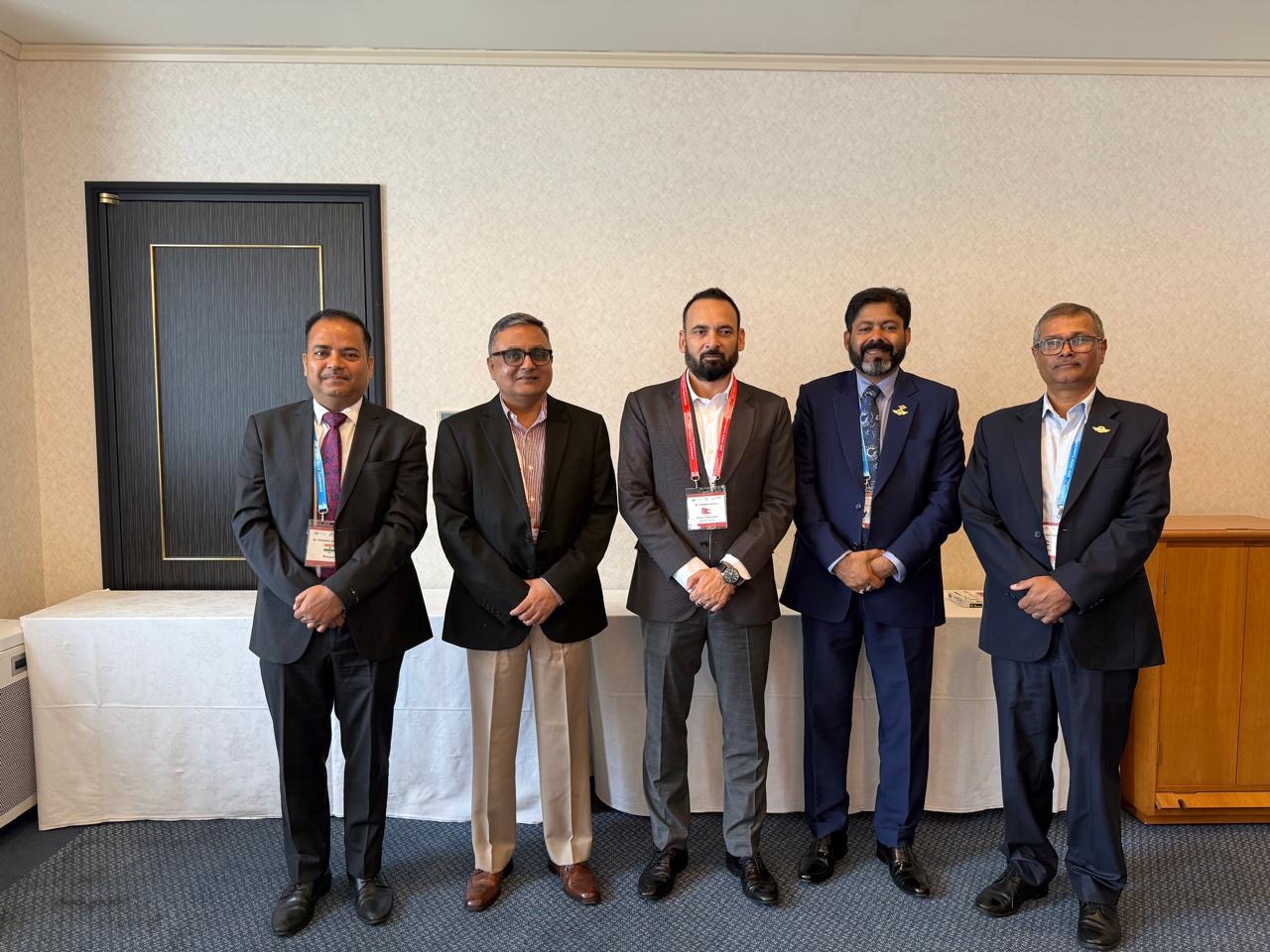

KATHMANDU: On the sidelines of the 60th Conference of Directors General of Civil Aviation (DGCA) in Japan, a bilateral meeting was held between Nepal’s DGCA, Pradeep Adhikari, and India’s DGCA, Faiz Ahmed Kidwai.
Delegates from both countries were present during the talks. The meeting focused on air route coordination and enhancing operations at Nepal’s two international airports—Gautam Buddha International Airport in Bhairahawa and Pokhara International Airport.
The discussion marks a continued effort by Nepal to secure greater air access and operational support from regional partners, particularly India, amid underutilization of the two new airports.
Despite multiple rounds of government incentives, foreign airlines continue to show little interest in operating flights from Gautam Buddha International Airport (GBIA) in Bhairahawa and Pokhara International Airport, citing the lack of viable air routes and low passenger demand.
The Government of Nepal has offered substantial concessions, including exemptions on ground handling and aviation fuel charges, as well as the promise of ‘Fifth Freedom Traffic Rights’—which allow airlines to carry passengers between two foreign countries via Nepal.
These incentives are valid until August 2026, under a scheme announced last year.
Authorities had hoped these measures would attract carriers to the newly built international airports and ease congestion at Kathmandu’s Tribhuvan International Airport.
However, aviation officials acknowledge that the ongoing off-season and limited direct air routes have discouraged foreign airlines from initiating regular services.
Both GBIA and Pokhara International Airport were constructed with the aim of decentralizing international air traffic and promoting regional development.
But since their inauguration, they have struggled to maintain consistent international operations.
Civil aviation authorities continue to hold discussions with regional partners, including India and China, to open new cross-border air routes and improve connectivity.